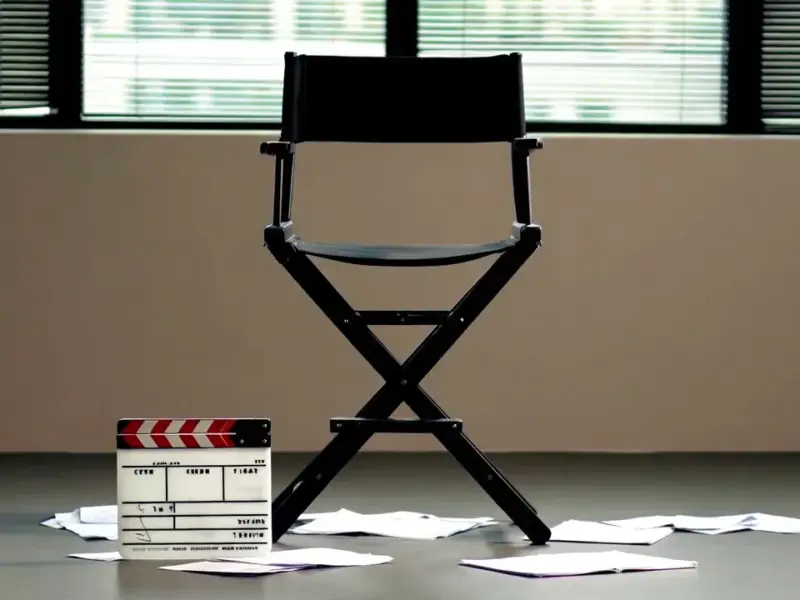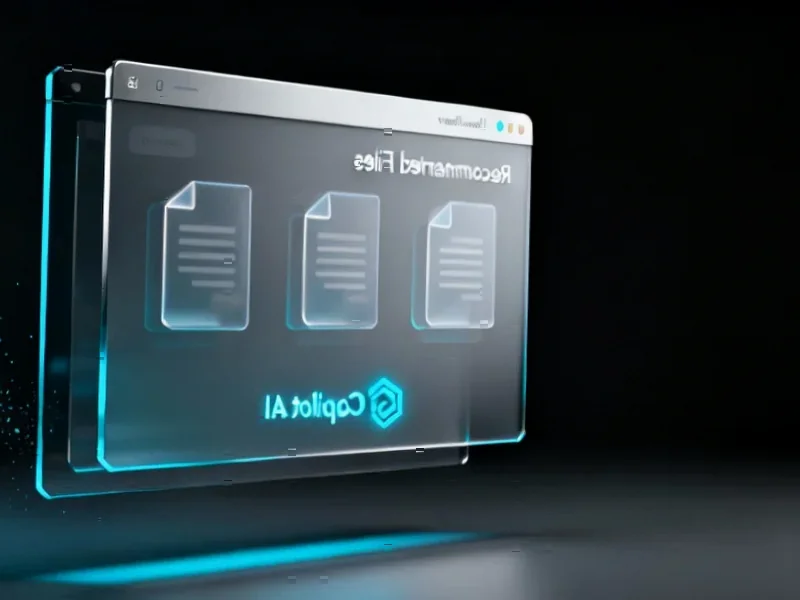According to Forbes, London will host a new showcase called the Bionic Awards for visual storytellers working with AI, code, and brands. The program features a public preview at Rich Mix on December 4, 2025, followed by a full awards summit in March 2026 across a dozen categories. Judges come from major players like Pinewood, Coca-Cola’s Studio X, ITV Studios, and other film and brand leaders. The awards aim to highlight that while tools evolve, stories still start with people, citing WPP estimates that 2025 marked a tipping point with roughly half of ad spend flowing to individual creators rather than traditional channels. WPP also projects creators will directly earn about $185 billion as creator platforms surpass legacy outlets.
Beyond the hype
Here’s the thing about AI in creative fields – everyone’s talking about it, but very few are building sustainable career paths around it. The Bionic Awards aren’t just another film festival with an AI category slapped on. They’re trying to solve the actual problem creatives face: how do you make a living when the tools and business models are changing this fast?
I think what’s interesting is how they’re blending recognition with practical support. Shortlisted creators don’t just get trophies – they get stage time to explain their process, then sit with judges who actually know about legal rights, financing, and studio pipelines. That’s the kind of infrastructure the creator economy desperately needs right now.
The creator economy shift
When WPP says half of ad spend is going to creators rather than traditional channels, that’s not just a statistic – that’s the entire media landscape turning upside down. We’re seeing this everywhere now. Cannes Lions added Social and Influencer categories and noted that 12% of entries used AI in their process. Runway’s AI Film Festival is handing out cash awards to keep projects moving.
But here’s the catch: as the line between “influencer” and “director” blurs, who’s making sure the work actually pays the bills? That’s where programs like this could make a real difference. If you’re working with advanced computing systems and creative tools, you need platforms that understand both the artistic and commercial sides.
Tools vs talent
Judge Francesca Palau nailed it when she said “AI is just like another tool to make creativity more available to everyone.” Her team comes from architecture, mathematics, photography – backgrounds that traditionally wouldn’t collaborate easily. Now they’re producing music videos for OK Go and creating tangible objects from AI concepts.
That democratization is powerful, but it also creates a flood of content. How do you stand out? The Bionic Awards seem to be betting that human ideas – the ones that use AI without losing creativity or authorship – will rise to the top. They’re including digital out-of-home art, one-minute freestyle entries, and craft categories to give under-served formats a fair shot.
The real test
So will this actually work? The judge lineup suggests they’re serious – with buyers and decision-makers from major studios and brands, not just AI enthusiasts. And the independence claim matters too – not being owned by any particular technology platform means they can actually focus on what serves creatives rather than pushing specific tools.
Basically, we’re at a point where AI in creative work is inevitable. The question isn’t whether people will use these tools, but whether they’ll be able to build careers around them. Programs that mix recognition with real business connections might be exactly what this emerging field needs to mature beyond the hype cycle.




